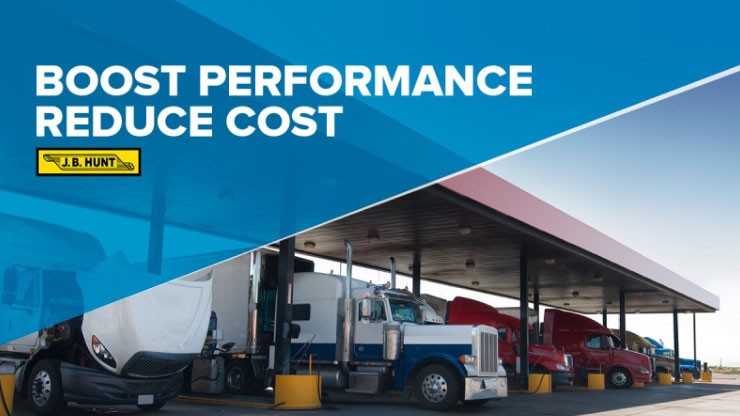Recommendations for Improving MPG Performance in Trucking Fleets

In the transportation industry, fuel economy is a major focus when companies, particularly freight carriers, want to minimize costs. According to the American Trucking Associations (ATA), fuel is often the second-highest cost for fleets – shadowed only by driver pay. Optimizing your fleet is essential for fuel efficiency and can help keep your trucks moving. We’ve identified some of the industry’s top methods for improving MPG performance.
Use aerodynamic attachments
Many transportation companies invest in devices and attachments that help reduce aerodynamic drag and improve air flow. The U.S. EPA has listed a number of verified aerodynamic components that, if properly installed and maintained, could produce fuel savings of up to 9 percent. The EPA’s quick reference guide summarizes how such components function.
Choose low-rolling resistance tires
According to a 2010 publication from National Academies Press (NAP), “tire rolling resistance takes about one-third of the power required to propel a line-haul truck at highway speed on level roads.” To put it simply, tires that roll easier need less power to get the truck moving and can reduce fuel consumption.
Maintain tire pressure
Even when using tires that help improve MPG performance, driving on tires that are not properly inflated can impact fuel costs. According to NAP, when tire pressure is at 20% less than optimal, the result could be a 2-3 percent loss in fuel economy.
Ensure wheel alignment
Trucks and trailers that are well aligned minimize rolling resistance and improve MPG averages. In addition, tread wear is impacted by misaligned wheels and can shorten tire life.
Minimize idling
According to the U.S. Department of Energy, rest-period truck idling consumes an estimated 1 billion gallons of fuel per year. Although idling cannot always be avoided, creating an idle policy for drivers during rest hours and while waiting at facilities can have a significant impact.
The American Transportation Research Institute calculated that, even for fleets that typically move loads weighing less than 20,000 pounds, the average fuel economy for those fleets was 6.2 MPG. Any action a carrier takes to improve performance and reduce fuel usage can make a difference. In fact, improving performance by just .45 MPG can decrease fuel consumption by 7 percent. Carrier 360 by J.B. Hunt provides information essential for monitoring fleet utilization and performance, including data and reports that summarize freight movement, revenue, and service scores. Want to learn more about Carrier 360? Click here.

